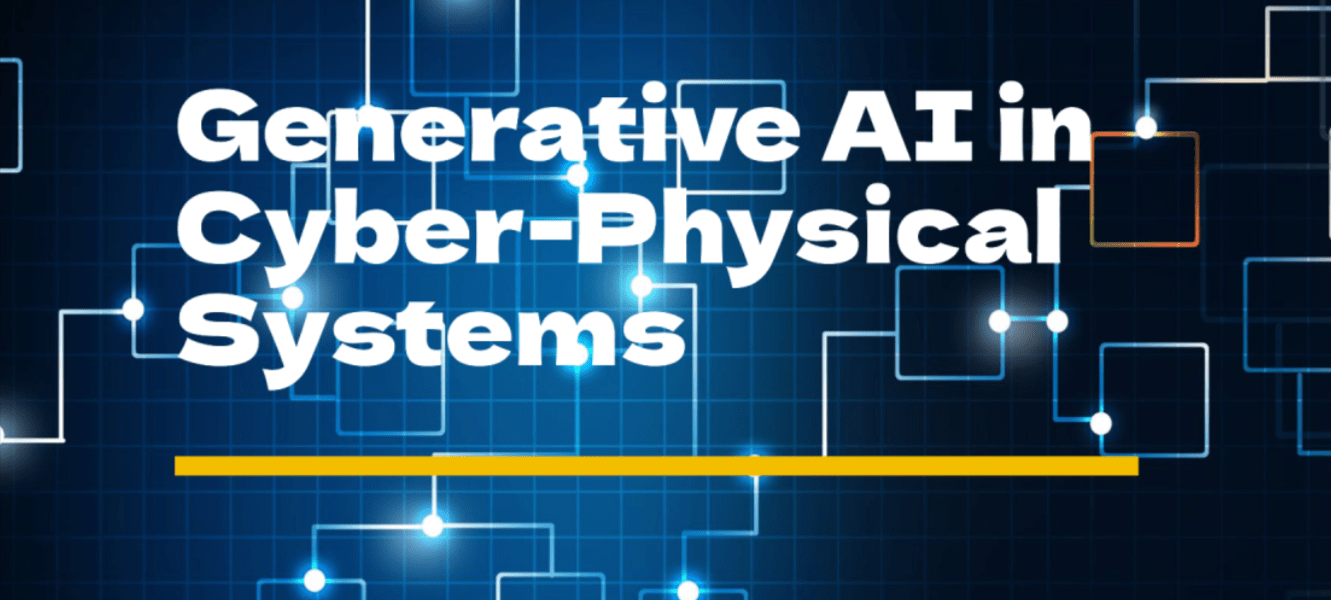Key Takeaways
- Cyber-physical systems (CPS) integrate computing power with physical processes, crucially driving innovation across diverse industries.
- Recent advancements are significantly disrupting traditional sectors like healthcare and manufacturing.
- Challenges associated with CPS include security risks, integration complexities, and ethical considerations.
- Understanding CPS impacts and effectively addressing these challenges are vital for future development and sustainability.
Introduction to Cyber-Physical Systems
Cyber physical systems represent a cutting-edge frontier where the convergence of computational power and physical processes reshapes modern landscapes. These systems establish a sophisticated, interconnected network of tangible and digital components that enhance numerous sectors’ operational efficiency, accuracy, and reliability. Their application is prolific, from healthcare’s precision-driven advancements to manufacturing’s production efficiency. Yet, this digital-physical integration brings immense potential and profound challenges. Understanding the innovations and navigational hurdles embedded in CPS is crucial as these systems continue to redefine industry standards across the globe.
Emerging Innovations in CPS
The evolution of CPS has been significantly propelled by advancements in Internet of Things (IoT) technologies, which have resulted in highly connected environments where devices and systems operate in unison to achieve remarkable outcomes. Within this connectivity, autonomous vehicles stand out as a notable advancement. These vehicles optimize route efficiencies and enhance passenger safety through immediate, data-driven decisions using real-time data from interconnected systems. Furthermore, smart cities harness CPS to manage urban resources more effectively, creating an environment that dynamically responds to its residents’ ever-changing needs. This interconnected and responsive infrastructure significantly improves quality of life by providing streamlined access to essential services and information. The potential to reshape the urban landscape through these innovations highlights the transformative prospects of CPS across various communal settings.
Transforming Industries with CPS
The transformative power of CPS is most evident in sectors like healthcare and manufacturing. In healthcare, cyber-physical systems facilitate continuous, real-time monitoring of patient vitals and empower personalized treatment methodologies. This integration allows for remote surgeries and telemedicine, widening access to quality healthcare globally. CPS’s presence in healthcare reduces operational costs and significantly elevates patient outcomes through precise diagnostics and treatment strategies.
The manufacturing industry also experiences paradigm shifts due to CPS. The systems enable automation of production lines, resulting in greater operational efficiency while minimizing human error. Predictive maintenance, a benefit of CPS, ensures early detection of possible faults in machinery, preventing unnecessary downtime and saving costs. CPS-driven manufacturing translates into economic and environmental gains by minimizing waste and maximizing utility. This dual benefit underscores the utility of CPS in helping industries transition to more sustainable practices, with efficiencies that promote long-term growth and innovation.
Sector-Specific Innovations
Within healthcare and manufacturing, sector-specific innovations propelled by CPS underscore its capability to foster radical improvements. Healthcare, for instance, has made strides with robotic-assisted surgeries, which enhance precision while reducing recovery times and associated risks. Similarly, CPS facilitates just-in-time production systems and supply chain optimization in manufacturing, allowing businesses to reduce inventory costs and improve service delivery. These sector-specific initiatives exemplify CPS’s diverse potential, signaling a shift towards more intelligent and responsive operational paradigms.
Challenges and Risks in Cyber-Physical Systems
Despite their clear benefits, CPS has significant challenges and risks that must be meticulously managed. Security stands out as a primary concern, given that the interconnectedness of these systems heightens their vulnerability to cyber threats. Breaches in CPS can damage entire networks, leading to large-scale disruptions. Therefore, instituting robust cybersecurity protocols is imperative to secure these systems, ensuring the integrity and confidentiality of operations while safeguarding sensitive data and infrastructure. The continuous evolution of cyber threats demands that security systems remain adaptable and resilient, ensuring they are equipped to handle current and emerging challenges.
Overcoming Integration Complexities
In addition to security, the intricacies of integrating diverse technologies present another formidable challenge in the deployment of CPS. Effective integration requires advanced algorithmic coordination and adherence to standardized protocols, facilitating seamless communication across systems. The absence of standardized communication can lead to inefficiencies and potential operational failures. To bridge this integration gap, industries channel research resources into developing sophisticated software and hardware solutions that enhance CPS frameworks’ interoperability, flexibility, and scalability. These advancements promise to streamline integration processes, enabling CPS to fulfill their potential across multiple sectors.
Ethical and Social Implications
The adoption of CPS also carries ethical and social implications, especially regarding data usage, privacy concerns, and autonomous decision-making. Questions about moral accountability and transparency arise as these systems gain more independence in decision-making. The autonomous nature of technology, exemplified in vehicles or medical diagnostics, brings complex ethical conundrums about the responsibility and consequences of machine-made decisions. Society must navigate these debates rigorously, ensuring frameworks and regulations are in place to govern such technologies ethically. Addressing these ethical concerns head-on is crucial for gaining public trust and ensuring technological advancements align with societal values and priorities.
The Path Forward for CPS
Looking forward, the pathway to optimizing the potential of CPS is brightly paved with innovation, collaboration, and foresight. Encouraging partnerships among technology experts, policymakers, and academic researchers can harness diverse insights to tackle the multifaceted challenges CPS presents. This collaborative dynamic will be instrumental in developing inclusive policies and technological standards that ensure CPS’s equitable and ethical deployment. Continued proactive discourse and creative solutions are crucial to unraveling the complexities faced by CPS, offering a more coherent map for technological progression. Such efforts ensure CPS remains a valuable asset in driving seamless and meaningful transformations across industries worldwide, providing new platforms for growth and innovation.
Conclusion
Cyber-physical systems represent a groundbreaking evolution within the technology domain, potentially reshaping conventional understanding of industry operations and human interactions with digital and physical realms. By acknowledging their profound benefits and navigating the inherent challenges — from cybersecurity protocols to ethical dilemmas and integration intricacies — stakeholders can unlock a wealth of possibilities for future growth and advancement. As CPS continues to evolve, it offers a framework for innovative progress that redefines societal and industrial landscapes, promoting an interconnected global community poised for sustained growth and efficiency.

